This post is part of my Buildables Fellowship.
Basic Linux Commands
Linux commands are the foundation of system administration and cybersecurity work. Understanding these basic commands is essential for anyone working in IT or cybersecurity, as Linux is widely used in servers, security tools, and enterprise environments.
Navigation Commands
ls - List Directory Contents
The ls command displays the contents of a directory, showing files and folders in the current or specified location.
ls # List files in current directory
ls -l # List with detailed information (permissions, size, date)
ls -la # List all files including hidden ones with details
ls -lh # List with human-readable file sizes
cd - Change Directory
The cd command allows you to navigate between directories in the file system.
cd /home/user # Change to specific directory
cd .. # Go up one directory level
cd ~ # Go to home directory
cd - # Go back to previous directory
pwd - Print Working Directory
The pwd command shows your current location in the file system - the full path of where you are right now.
pwd
# Output: /home/username/Documents
Common Command Line Tools
netstat - Network Statistics
The netstat command displays network connections, routing tables, and network statistics. It’s crucial for monitoring network activity and troubleshooting connectivity issues.
netstat -tuln # Show all listening ports (TCP and UDP)
netstat -an # Show all connections and listening ports
netstat -rn # Show routing table
What it does:
- Shows active network connections
- Displays listening ports and services
- Provides routing information
- Helps identify suspicious network activity
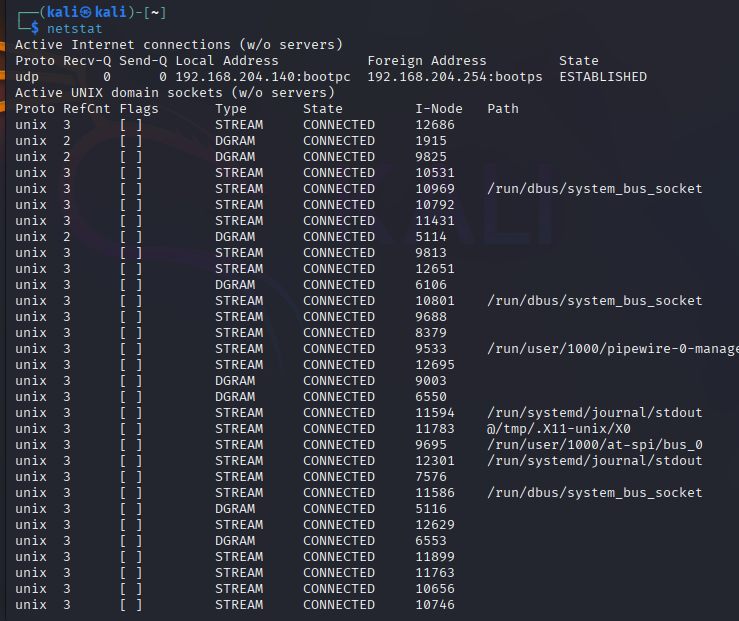
ping - Network Connectivity Test
The ping command tests connectivity between your system and a target host by sending ICMP echo request packets.
ping google.com # Ping a website
ping -c 4 8.8.8.8 # Ping with limited packet count
ping 192.168.1.1 # Ping local gateway
What it does:
- Tests if a host is reachable
- Measures round-trip time
- Shows packet loss statistics
- Verifies DNS resolution
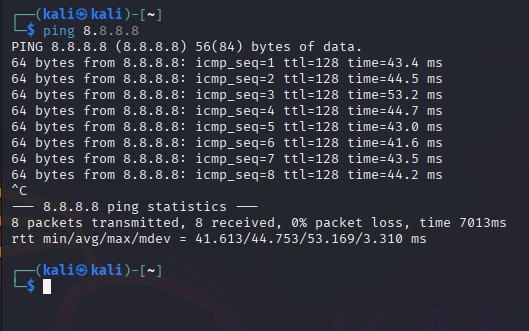
ifconfig - Interface Configuration
The ifconfig command displays and configures network interface parameters. On newer systems, ip command is often preferred.
ifconfig # Show all network interfaces
ifconfig eth0 # Show specific interface
ifconfig eth0 up # Enable interface
ifconfig eth0 down # Disable interface
What it does:
- Displays network interface information
- Shows IP addresses, MAC addresses
- Configures network interfaces
- Enables/disables network interfaces
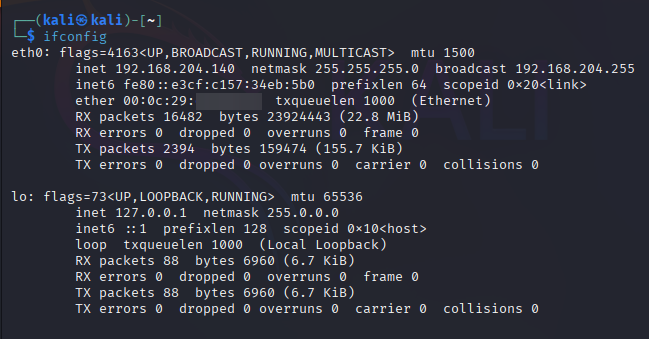
whoami - Current User Identity
The whoami command displays the username of the currently logged-in user.
whoami
# Output: username
What it does:
- Shows current user identity
- Useful in scripts to verify user context
- Helps when switching between users

User Management
Creating a New User
The adduser command creates a new user account on the system. This requires administrative privileges.
sudo adduser testuser
What it does:
- Creates a new user account
- Sets up home directory
- Prompts for password and user information
- Adds user to default groups
Process:
- Creates user entry in
/etc/passwd - Creates home directory (
/home/testuser) - Copies default configuration files
- Sets up initial permissions
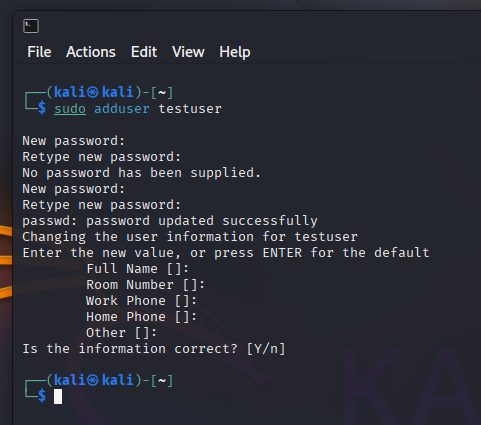
Permissions Management
Creating a Directory and Setting Ownership
sudo mkdir /home/testfolder
What it does: Creates a new directory called “testfolder” in the /home directory.
Changing Ownership
sudo chown testuser:testuser /home/testfolder
What it does: Changes the ownership of /home/testfolder to user testuser and group testuser. The format is user:group.
Setting Permissions
sudo chmod 700 /home/testfolder
What it does: Sets permissions to 700, which means:
- 7 (owner): read, write, execute (4+2+1)
- 0 (group): no permissions
- 0 (others): no permissions
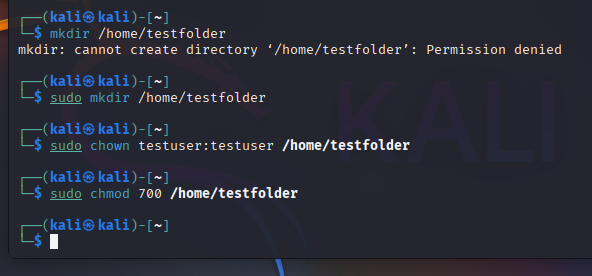
Permission Numbers Explained
Linux permissions use a three-digit octal system:
- 4 = read permission
- 2 = write permission
- 1 = execute permission
Common permission combinations:
- 755: Owner can do everything, group and others can read and execute
- 644: Owner can read and write, group and others can only read
- 700: Only owner has full access, no access for group or others
- 600: Only owner can read and write, no access for anyone else
These basic commands form the foundation of Linux system administration.
Enjoy Reading This Article?
Here are some more articles you might like to read next: